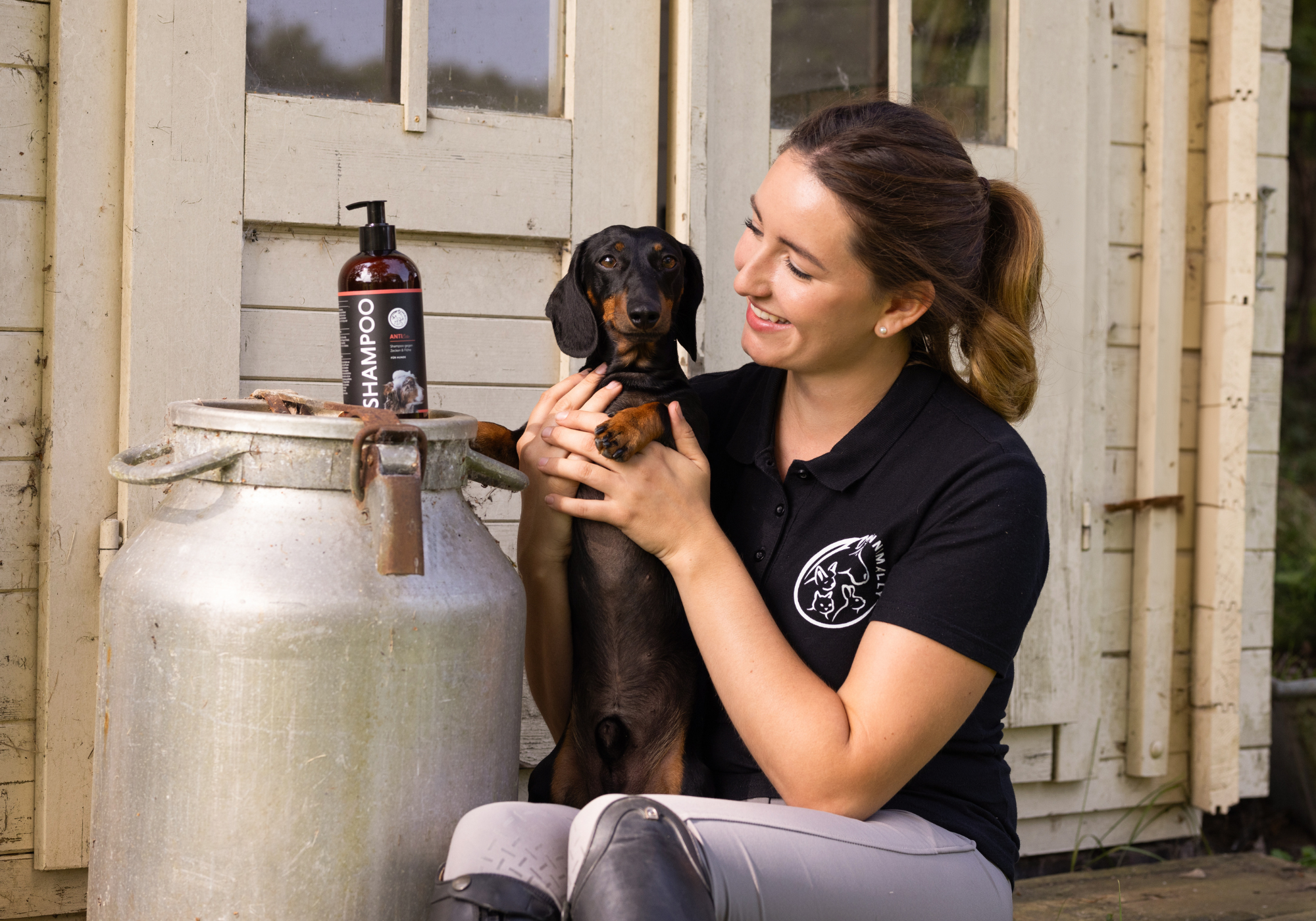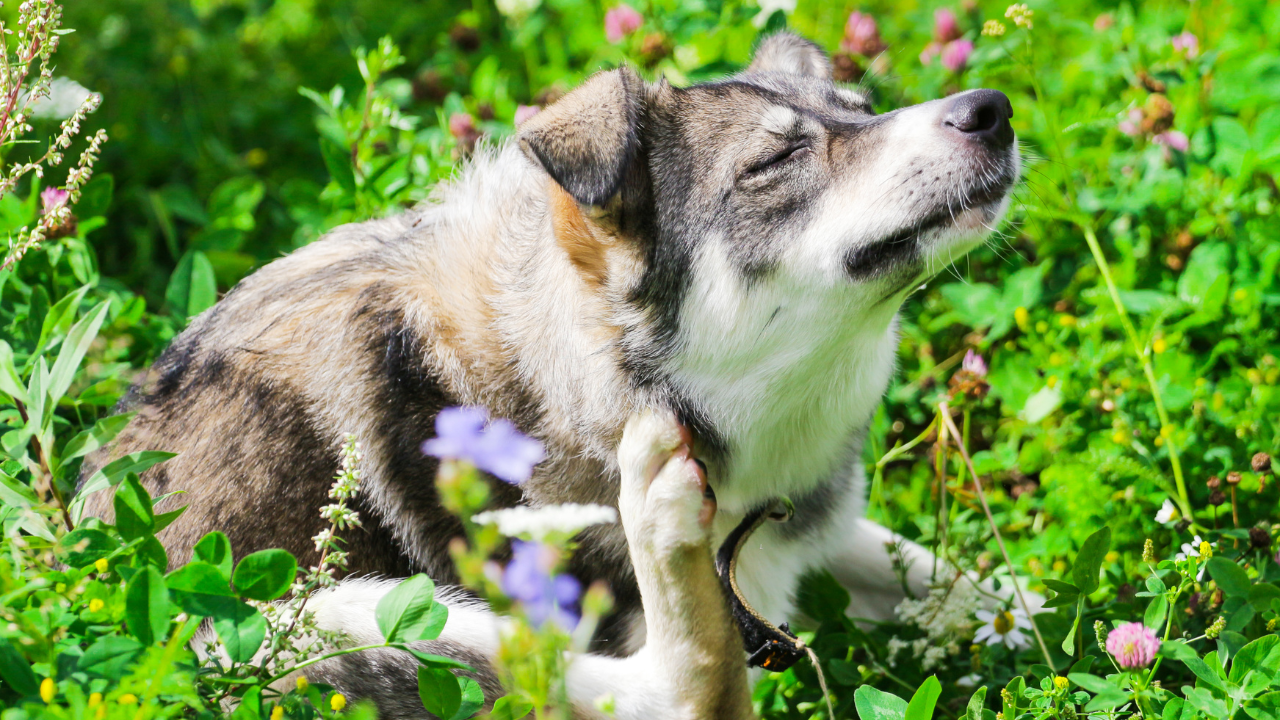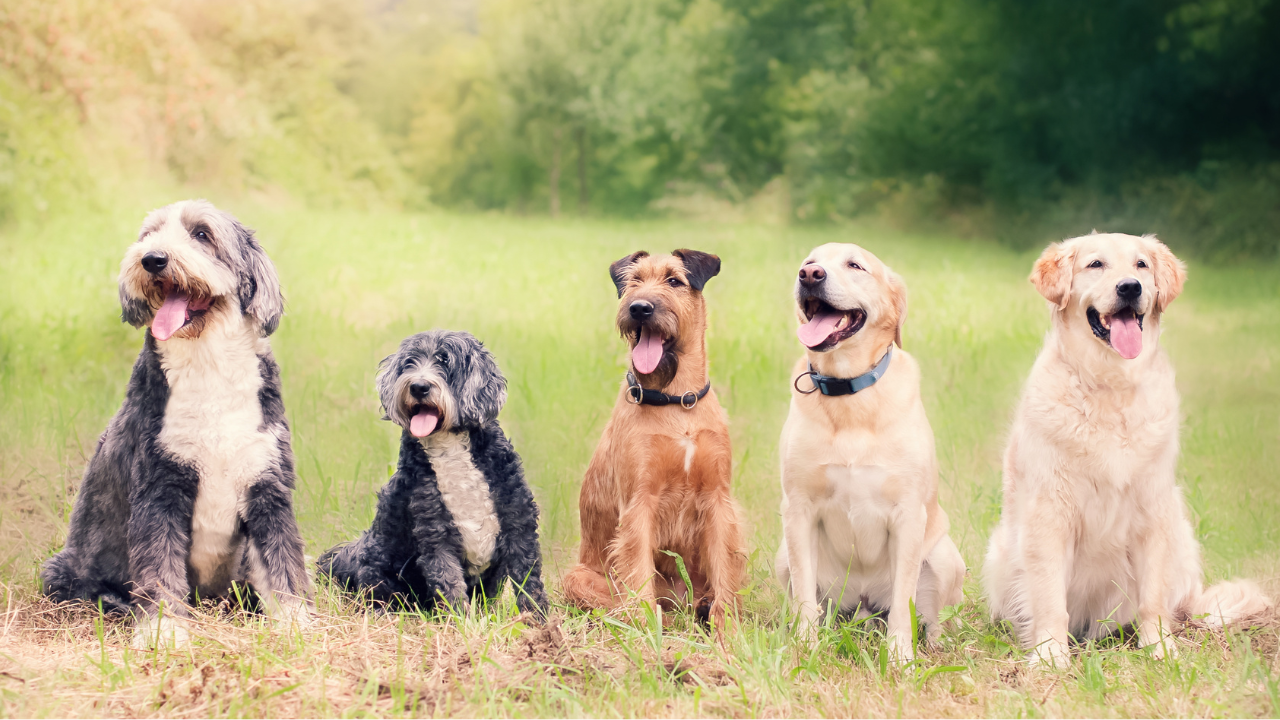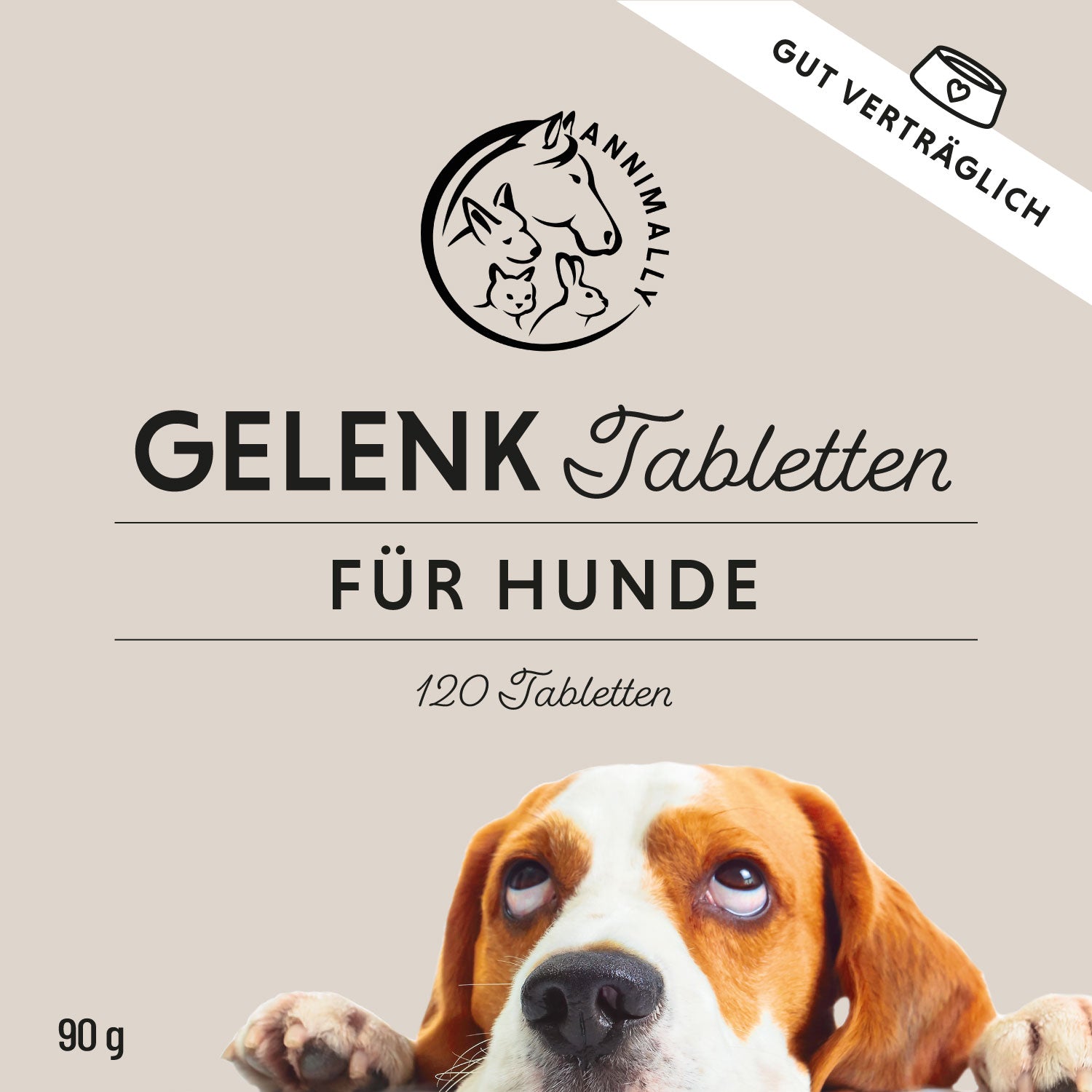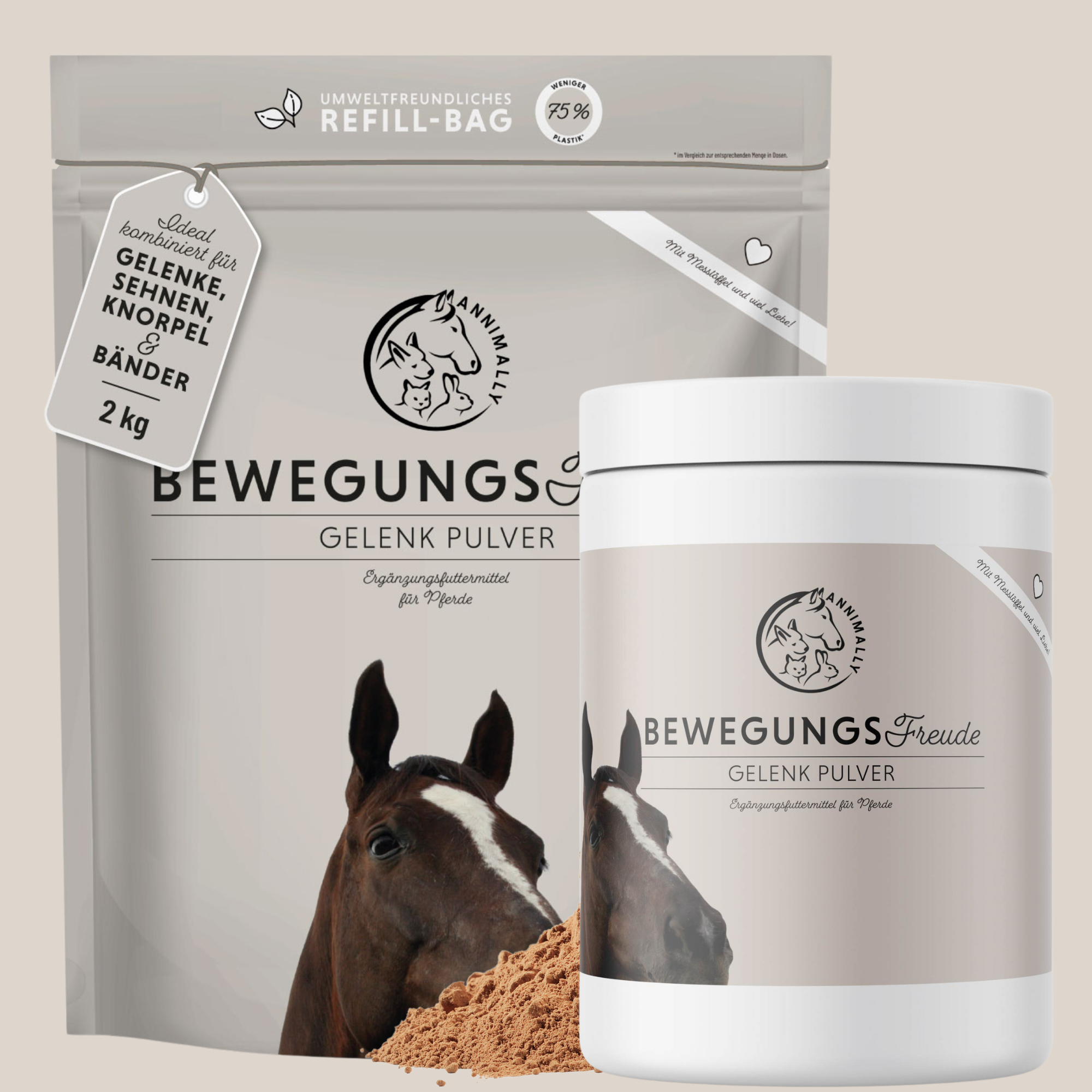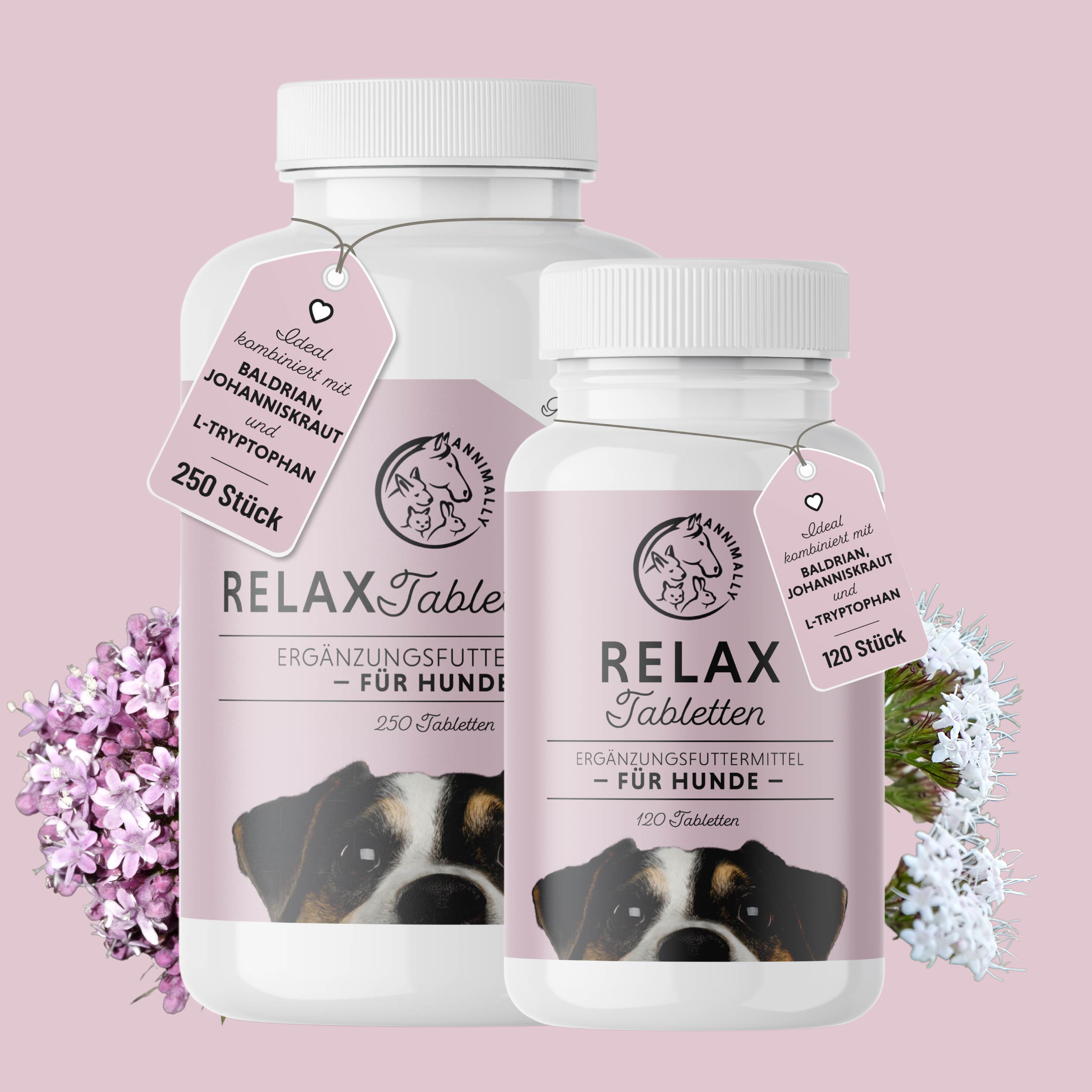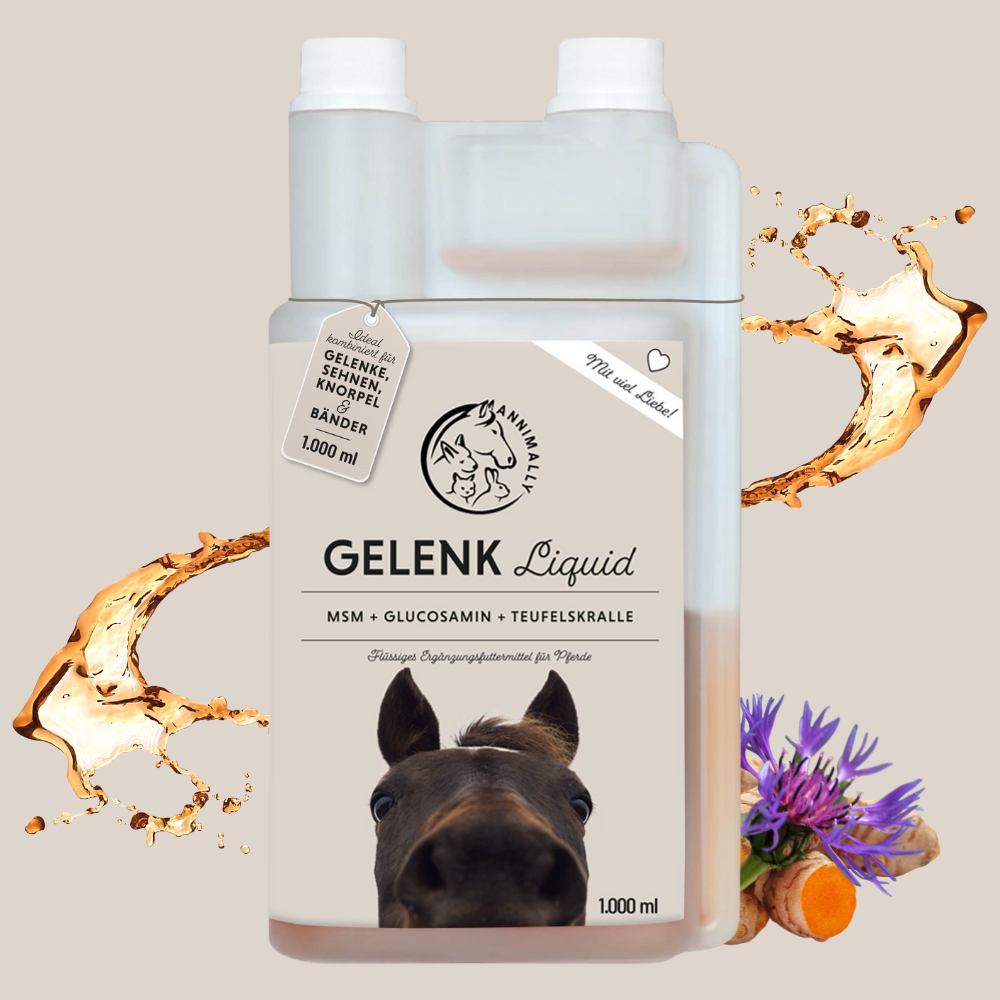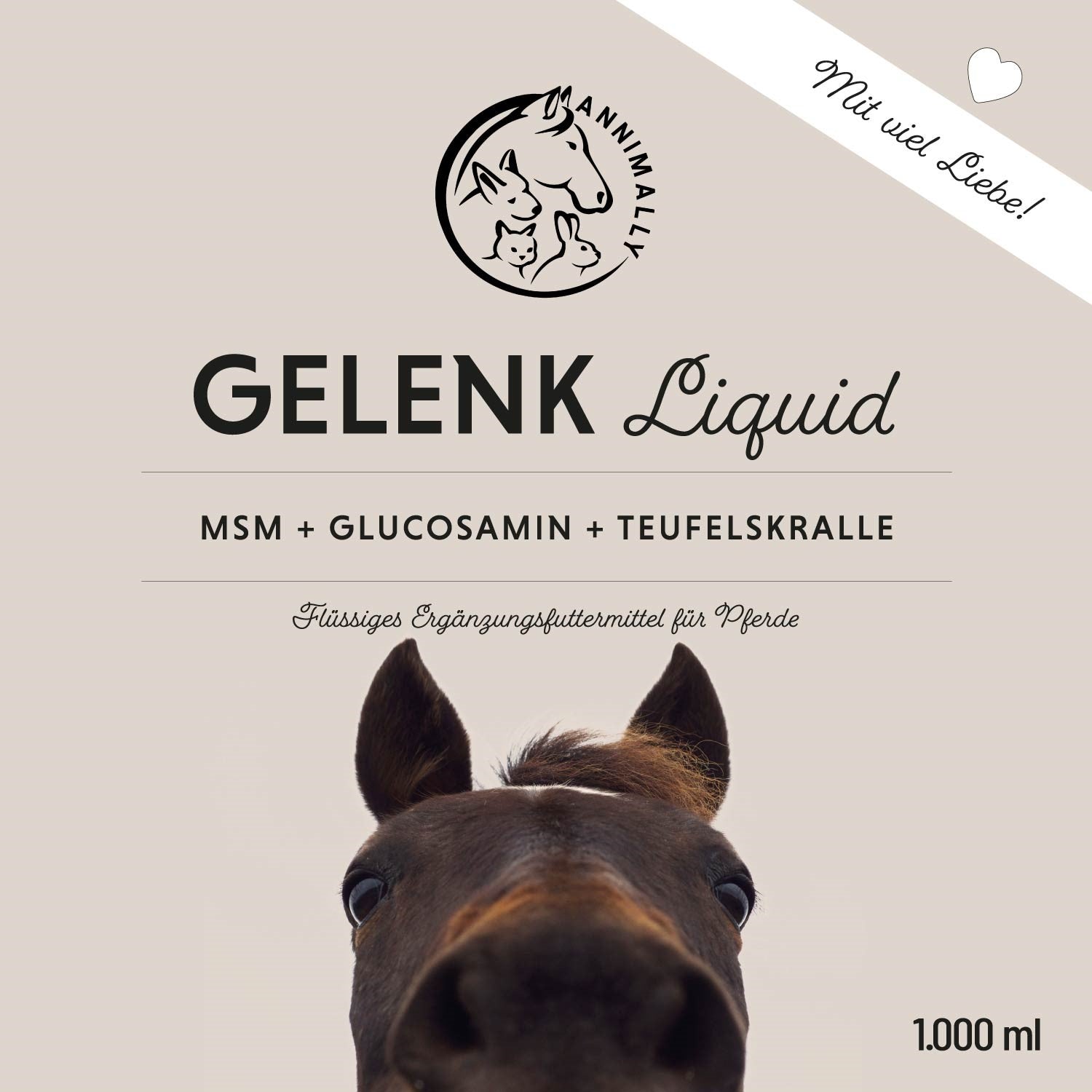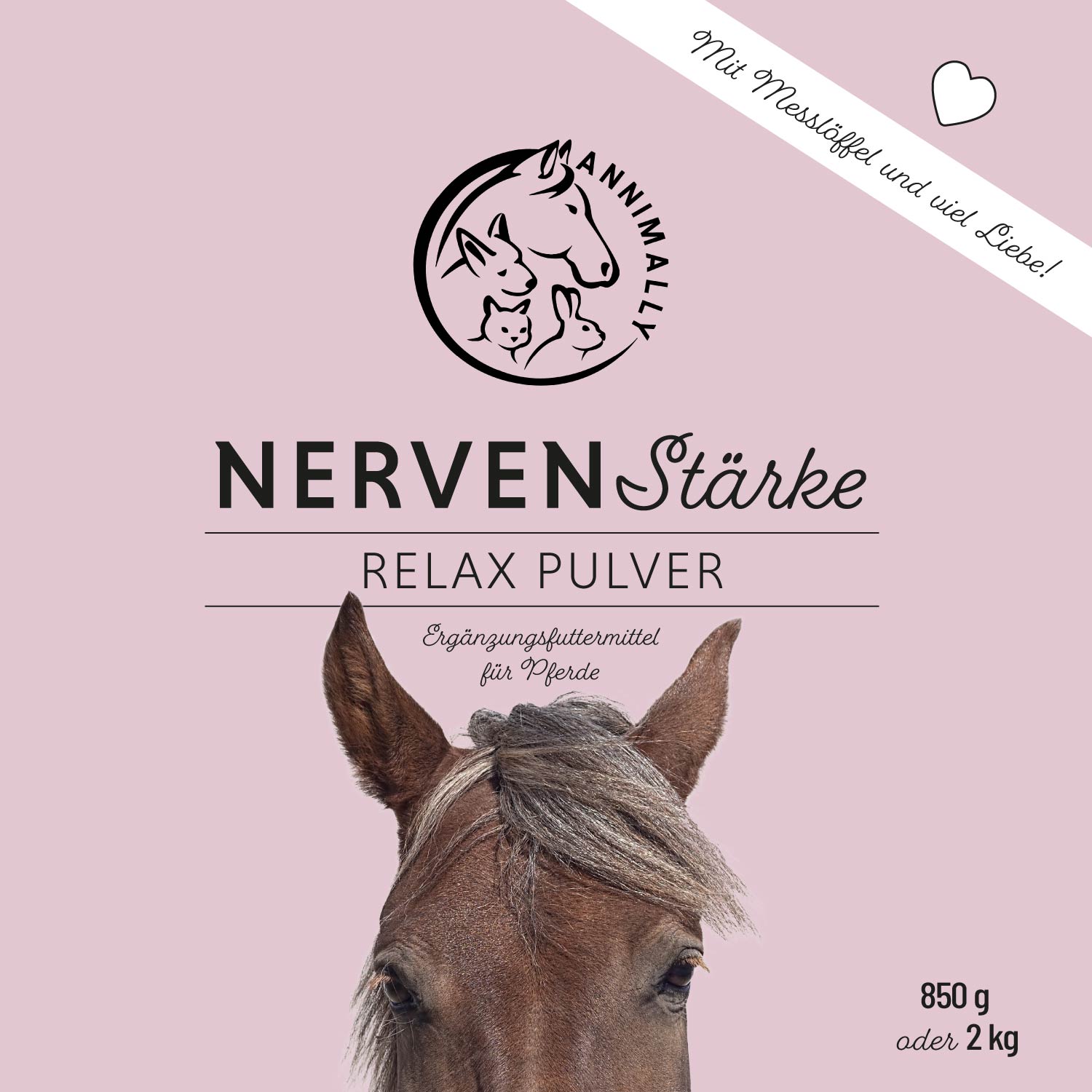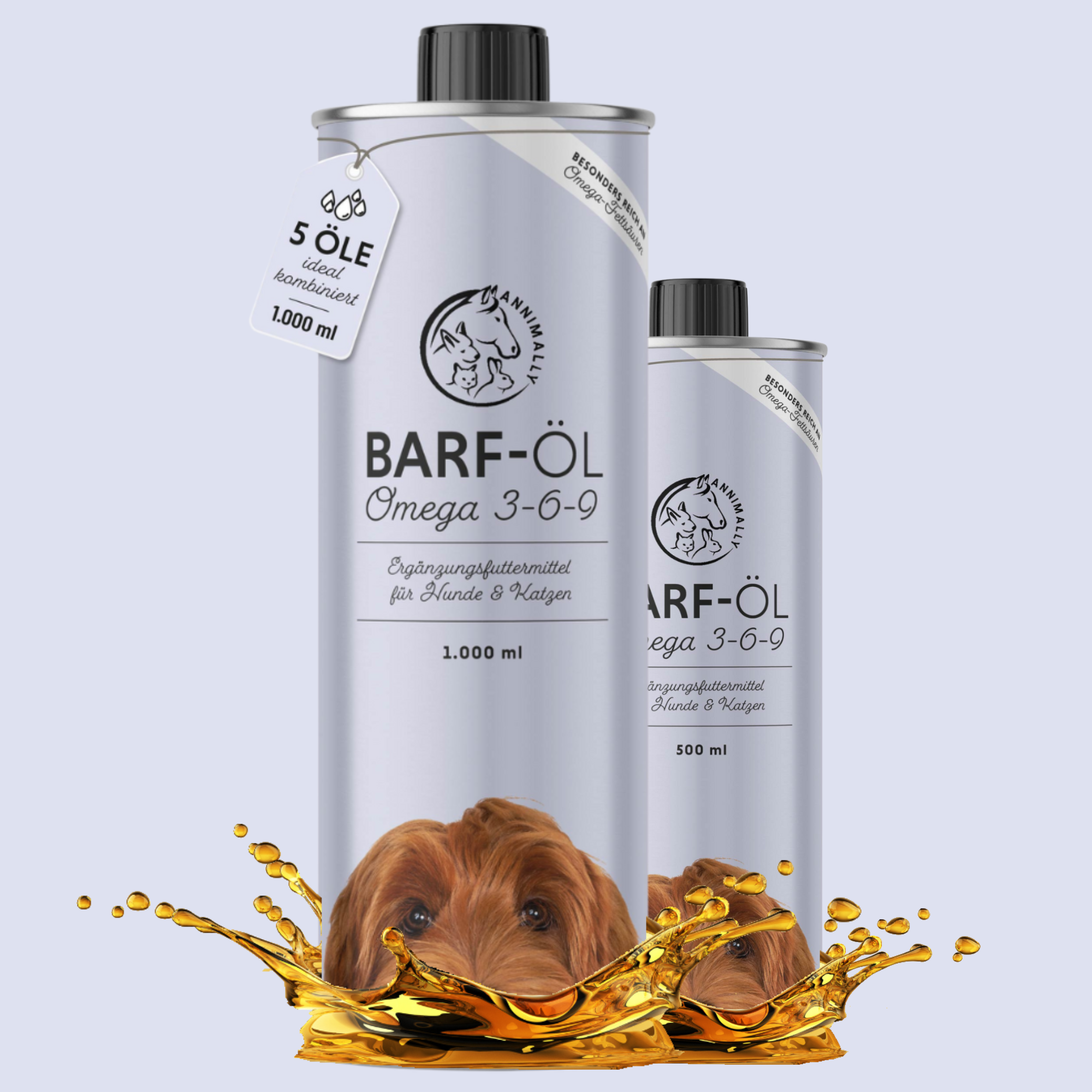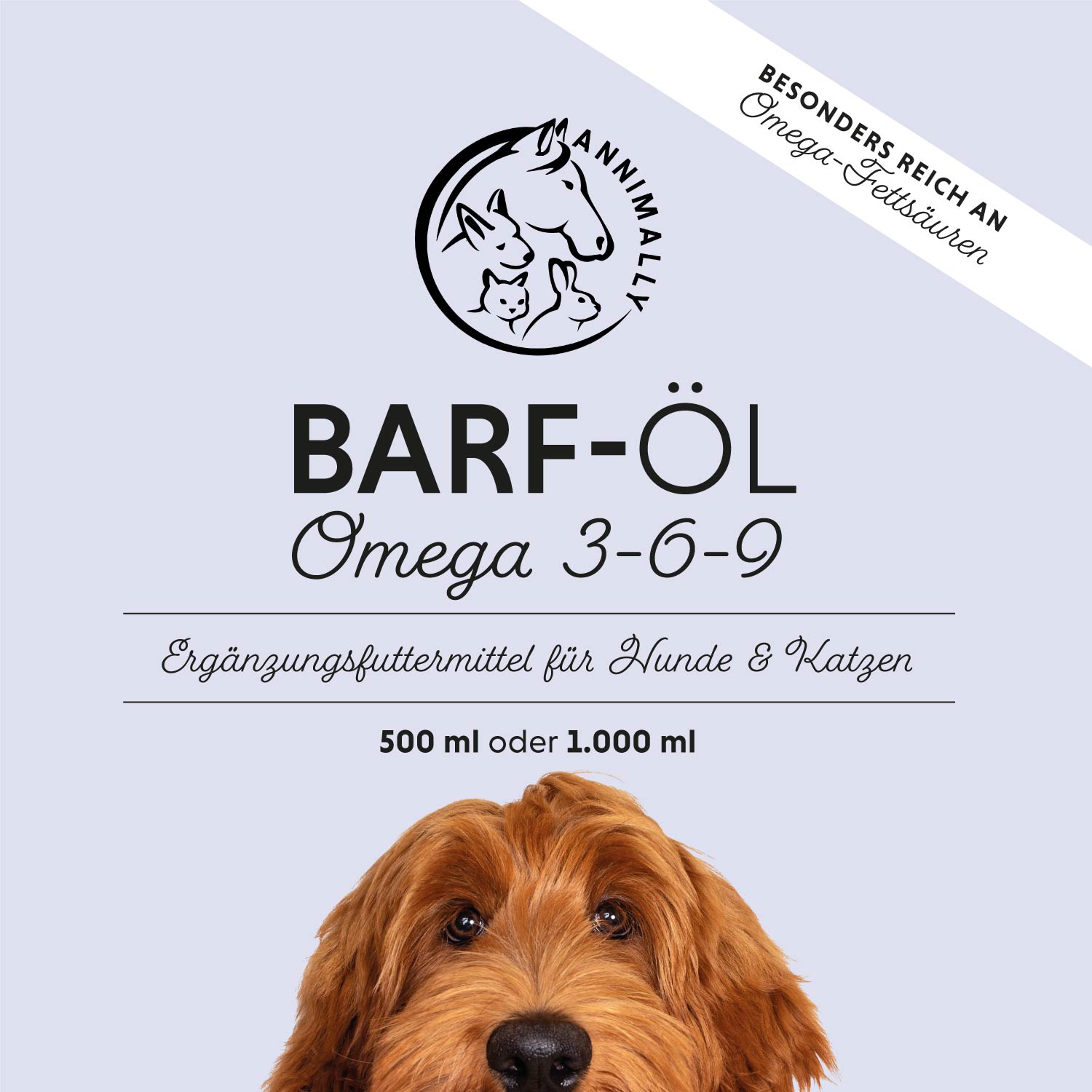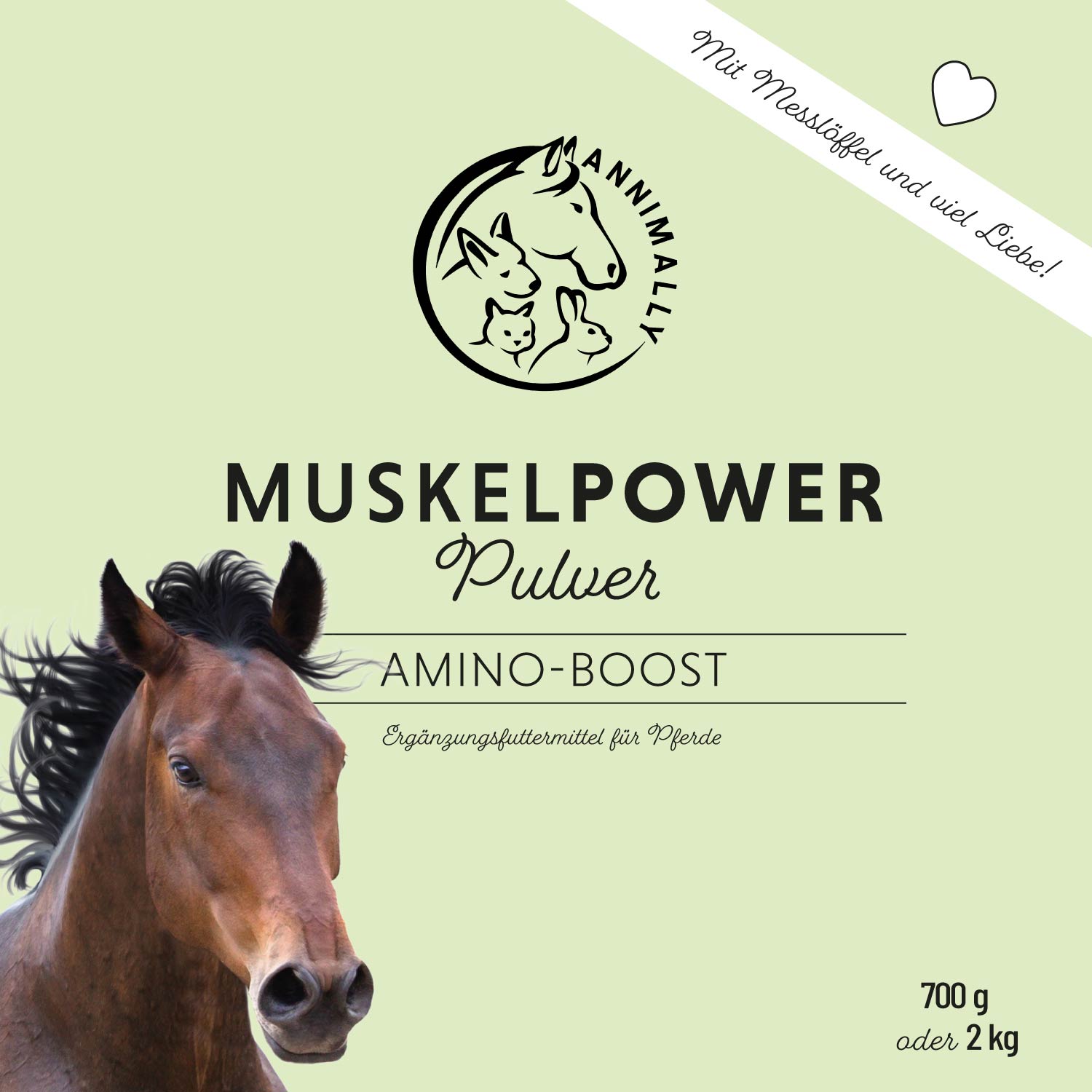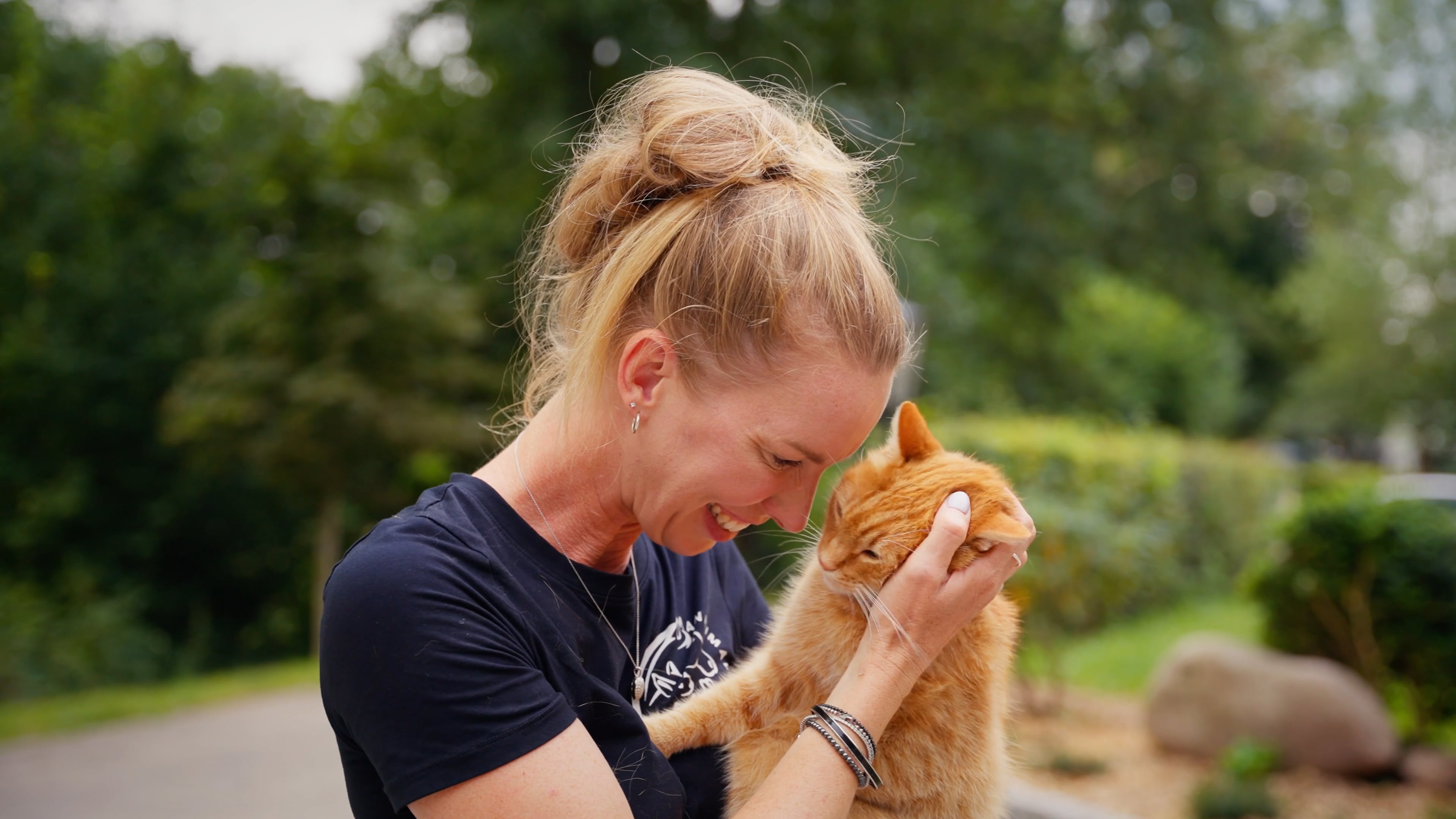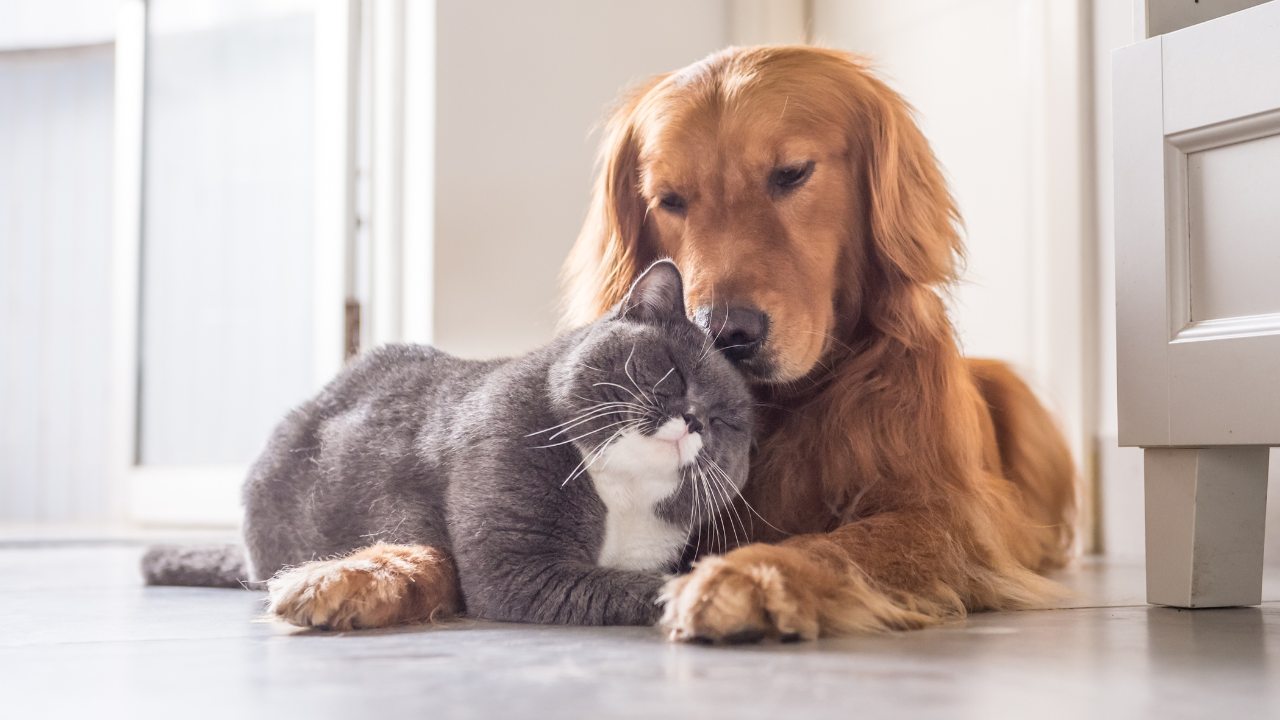
Heat-related illnesses in dogs and cats: How to protect your pet in summer

Summer brings long, sunny days, pleasant outdoor walks, and the opportunity to spend more time outdoors with our beloved pets. But while we humans can enjoy the summer heat with a cool drink in the shade, it often poses a serious threat to dogs and cats. Pets are particularly susceptible to heat-related illnesses, which can range from minor discomfort to life-threatening conditions.
In this blog post, we'll show you how to recognize the symptoms of heat-related illness in your dog or cat early on, what first aid measures you should take, and how to protect your pet from the heat. Read on to ensure your pet stays healthy and safe even during the hottest months.
Heat-related illnesses in dogs and cats: The most common dangers
Summer can be dangerous for your pets if they're exposed to high temperatures for too long. Unlike humans, dogs and cats can't sweat as easily to regulate their body temperature. They pant to release excess heat, but this is often not enough to prevent overheating in extreme temperatures. Let's take a closer look at the most common heat-related illnesses in pets.
Heat stroke in dogs and cats
Heatstroke is one of the most serious heat-related illnesses that can occur in dogs and cats. Dogs are particularly susceptible because they tend to remain active despite the heat and often cannot judge for themselves when it's getting too hot.
Heatstroke occurs when an animal's body temperature rises above a dangerous level and the body can no longer dissipate heat. The normal body temperature for dogs and cats is between 37.5 and 39.5 degrees Celsius. Heatstroke can cause the temperature to rise above 41 degrees Celsius, which can lead to serious health problems and even death.
Symptoms of heat stroke in pets:
-
Excessive panting
-
Excessive salivation
-
Vomiting and diarrhea
-
Laziness or weakness
-
Disorientation or unconsciousness
If you notice any of these signs in your dog or cat, you need to act quickly.
First aid for heat stroke:
-
Immediately move your pet to a cool place, preferably in the shade or in an air-conditioned room.
-
Wrap your pet in cool, damp towels or place it near a fan.
-
Offer your pet fresh water, but do not force it to drink if it does not want to.
-
Call your veterinarian immediately or go directly to an animal hospital. Heatstroke can be life-threatening and usually requires professional treatment.
After heatstroke, your pet's proper recovery can be supported by a balanced, vitamin-rich diet. Products such as Annimally Multi Vital Powder or Annimally Vitamin B Complex can help strengthen your pet's metabolism and immune system.
Dehydration: When your pet doesn't drink enough
Dehydration is another common problem in summer. Dogs and cats need plenty of fluids, especially on hot days. If they don't drink enough, it can lead to dehydration, which disrupts normal body function and can be dangerous.
Symptoms of dehydration:
-
Dry tongue and mucous membranes
-
Loss of appetite
-
Weakness or lethargy
-
Excessive thirst followed by decreased urine output
To prevent dehydration, you should ensure your pet always has access to fresh water. Dogs who play outside a lot should especially take regular drinking breaks.
First aid for dehydration:
-
Offer your pet water immediately and make sure it drinks.
-
If your dog or cat is severely dehydrated and appears weak, you should definitely seek veterinary attention. In some cases, intravenous fluids may be necessary to restore hydration.
Cats, in particular, tend to drink less water than dogs, which increases their susceptibility to dehydration. Ensure cats always have access to fresh water and that the drinking container is cleaned regularly.
Sunburn in pets: Yes, it's possible!
Dogs and cats, like humans, can get sunburn. Animals with light or thin fur, as well as those with pigmentless skin, are particularly at risk. Here, too, prevention is crucial to avoid pain and skin damage.
Signs of sunburn in pets:
-
Reddened or inflamed skin areas
-
Swelling
-
Blistering
-
Your pet avoids touching affected areas
First aid for sunburn:
-
Immediately protect your pet from further exposure to sunlight by bringing it indoors or into the shade.
-
Cool the affected skin areas with a damp towel.
-
Use gentle, soothing skincare products like Annimally Aua Balm Plus to regenerate skin and promote healing.
Avoid taking your pet out in the sun during midday. Plan your walks early in the morning or late in the evening when the sun is less intense. There are also special sunscreens for pets that you can apply to sensitive areas like the ears and nose.
Burns on the paws from hot floors
Asphalt and sand can heat up extremely on hot summer days and burn your pet's paws. Dogs walking on asphalt are particularly at risk. The sensitive paw pads can suffer severe damage, which is very painful and can lead to infection.
Symptoms of burned paws:
-
Redness and swelling
-
Blistering
-
Your dog limps or walks hesitantly
First aid for burned paws:
-
Cool the paws immediately with cold water or a damp cloth.
-
Make sure your dog does not walk on hot floors until the injuries have healed.
-
Apply special paw balms like Annimally Paw Balm to support healing and regenerate the skin.
Avoid letting your dog walk on hot surfaces, especially at lunchtime. Test the temperature of the floor by placing your palm on it for a few seconds. If it's too hot for your hand, it's too hot for your dog's paws, too.
When should you see a veterinarian?
When it comes to heat-related illnesses, it's important to take the symptoms seriously. Many of these conditions can worsen quickly and even become life-threatening. A visit to the veterinarian is advisable if:
-
Your pet shows no improvement despite first aid measures.
-
Your dog or cat appears weak, disoriented, or unconscious.
-
Severe symptoms such as vomiting, diarrhea or unconsciousness occur.
Don't be afraid to seek veterinary help if you have any concerns. Early intervention can save your pet's health and enable a speedy recovery.
Preventive measures against heat-related illnesses
1. Enough water: Your pet should have access to fresh water at all times. Portable water bowls and drinking bottles are available for on-the-go use, which are especially useful on excursions.
2. Shade and resting places: Make sure your pet always has a cool, shady place to rest. This is especially true during outdoor activities.
3. Avoid the midday heat: Walks and outdoor activities should be postponed until early morning or late evening when temperatures are more pleasant.
4. No car: Never leave your pet in a car, even for a short time. Temperatures inside can quickly rise dangerously, and life-threatening heat buildup can occur.

Conclusion: Safety on hot days for dogs and cats
In summer, it's important to recognize the signs of heat-related illness in dogs and cats early and take preventative measures. Make sure your pet always has plenty of water, is protected from excessive sun exposure, and stays away from hot surfaces. If an emergency occurs despite all precautions, act quickly and seek veterinary attention.
With these tips, you can ensure that your four-legged friend can enjoy the summer healthily and carefree – and that you can experience the warm season in a relaxed manner with your best friend by your side.

